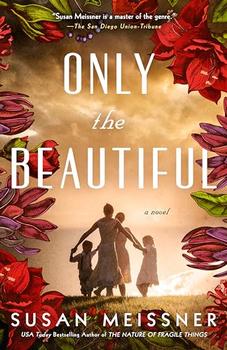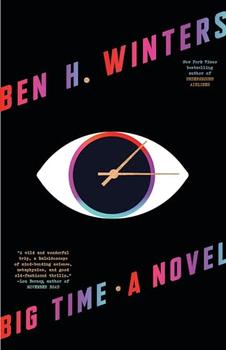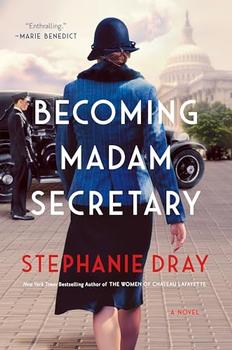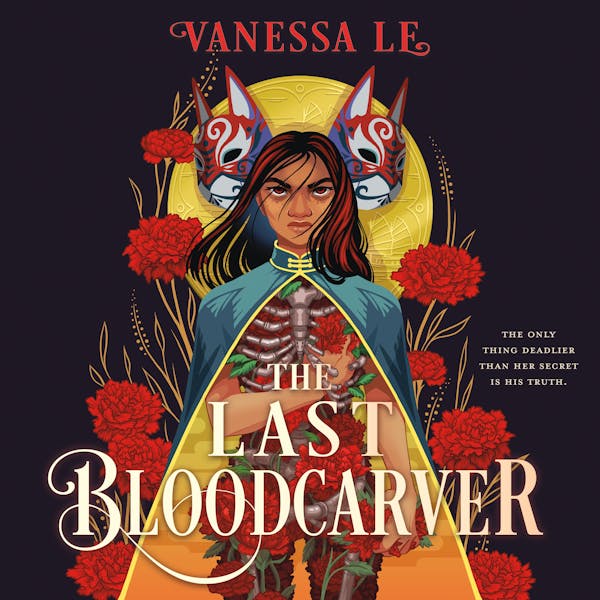In Only the Beautiful, the historical novel by Susan Meissner, readers are introduced to Rosanne "Rosie" Maras, a teenage girl who has lost her family and is placed under the care of her parents' former employers. To most, Rosie seems like a normal girl, but she's hiding a secret: when she hears sounds, she sees colors. When her secret is revealed—amidst other shocking discoveries—Rosie is sent to a state home where doctors try to "cure" her of what they deem a disability.
Today, Rosie's ability is known as synesthesia, defined as "a neurological condition in which stimulation of one sensory or cognitive pathway…leads to automatic, involuntary experiences in a second sensory or cognitive pathway." In other words, when people with synesthesia experience a sensation via one sense it also activates another sense, such as a sound invoking an image of a certain color. Synesthesia was first documented in 1812 by German physician George Tobias Ludwig Sachs, who reported...

 Book Reviewed by:
Book Reviewed by:








